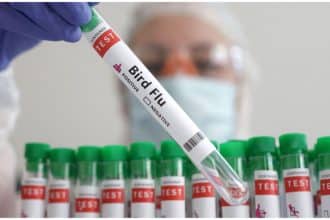Despite its vital role in modernisation of farming and in raising its productivity, the pace of balanced and integrated farm mechanisation is quite slow.
The reasons are many: lack of policy direction, low bank lending for agricultural development and poor state of local agricultural machinery manufacturing.
Successive governments have focused on launching and re-launching subsidised tractors’ schemes for farm mechanisation while solar-powered tubewells and drip irrigation and sprinkler systems have virtually been on the back burner.
However, the tractor schemes have helped mechanisation of farming. About 76pc farmers now cultivate land with tractors, 20pc with tractors and draught animals—and only 4pc use draught animals alone, official stats reveal.
Pakistan Bureau of Statistics, in coordination with the provincial governments, gathers stats also on, tubewells and lift pumps, cultivators, mould board plough, bar/disk harrows, disk plough, furrowers and trolleys and trailers. And when one compares their latest counting (of 2010) with the previous one (of 2004) one actually see a growing trend in their usage.
But generally speaking, farm mechanisation is still at an early stage.
And, this is one of the key factors responsible for keeping agriculture where it is now—rise in per-acre yield is low and slow, pre and post-harvest losses are huge and processing, grading and packaging of agricultural produce is wanting on many counts.





